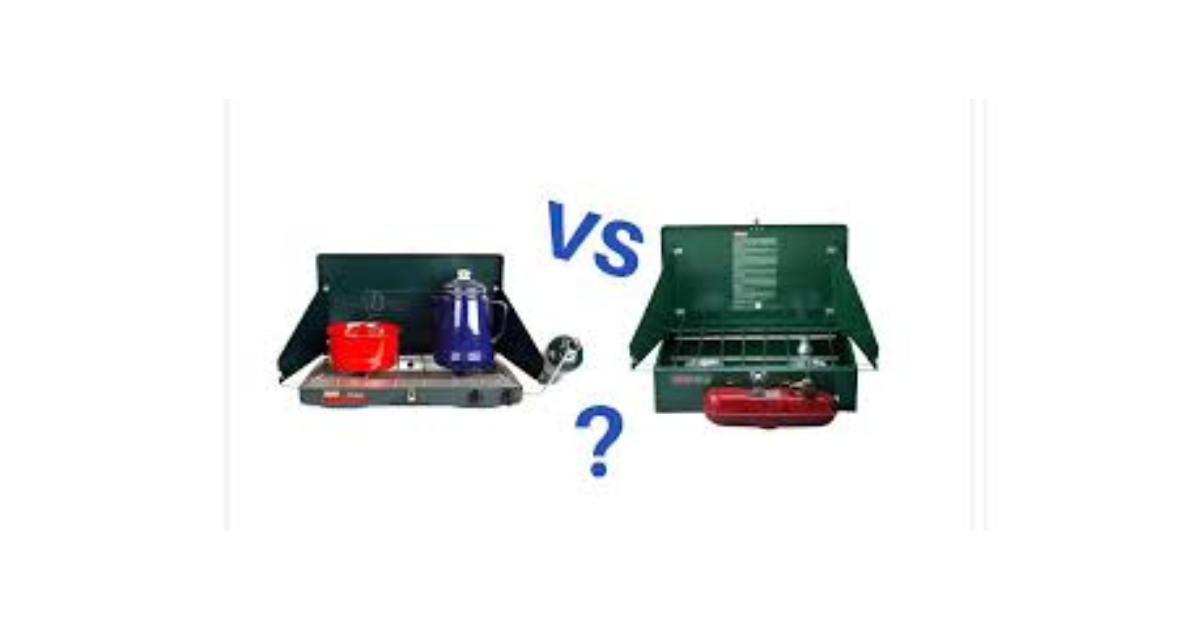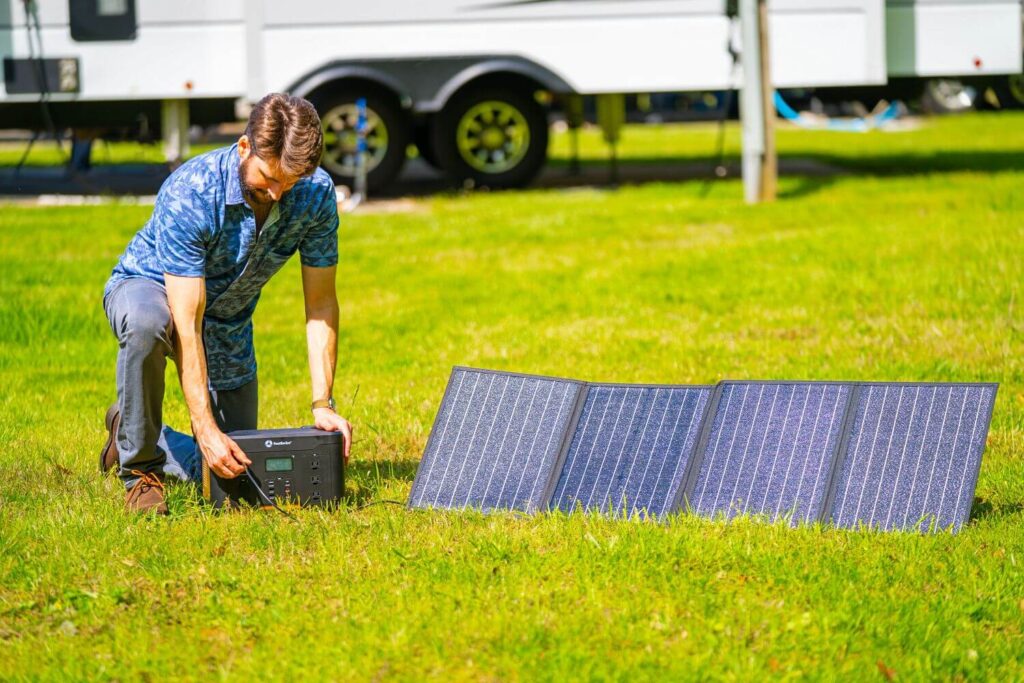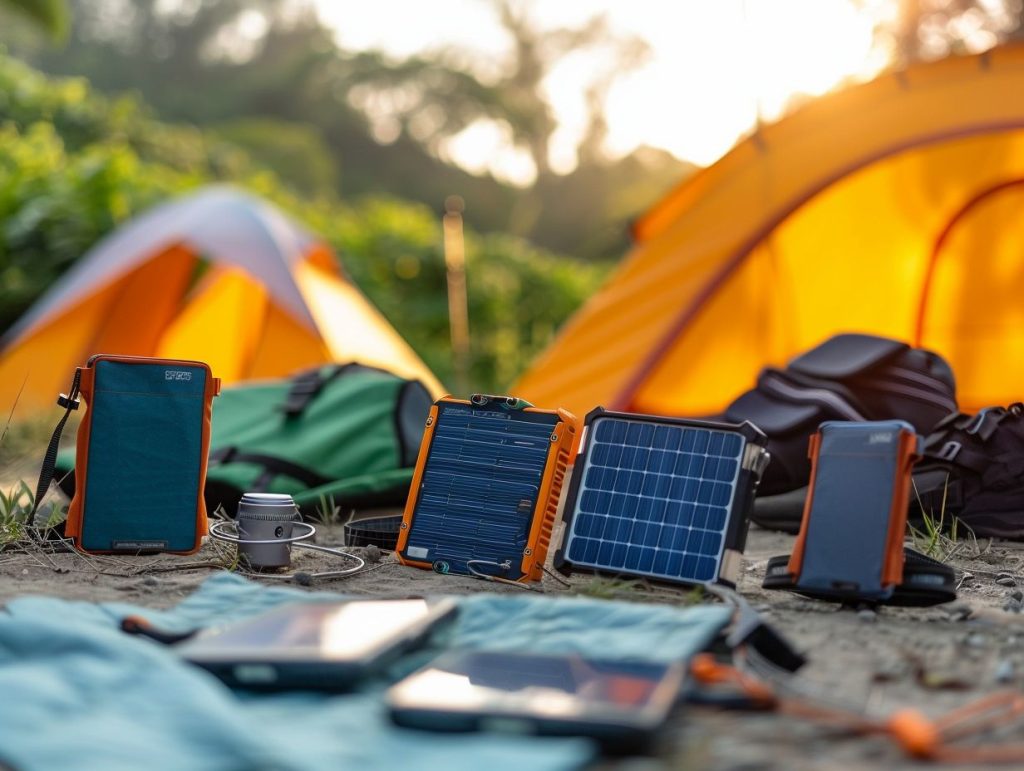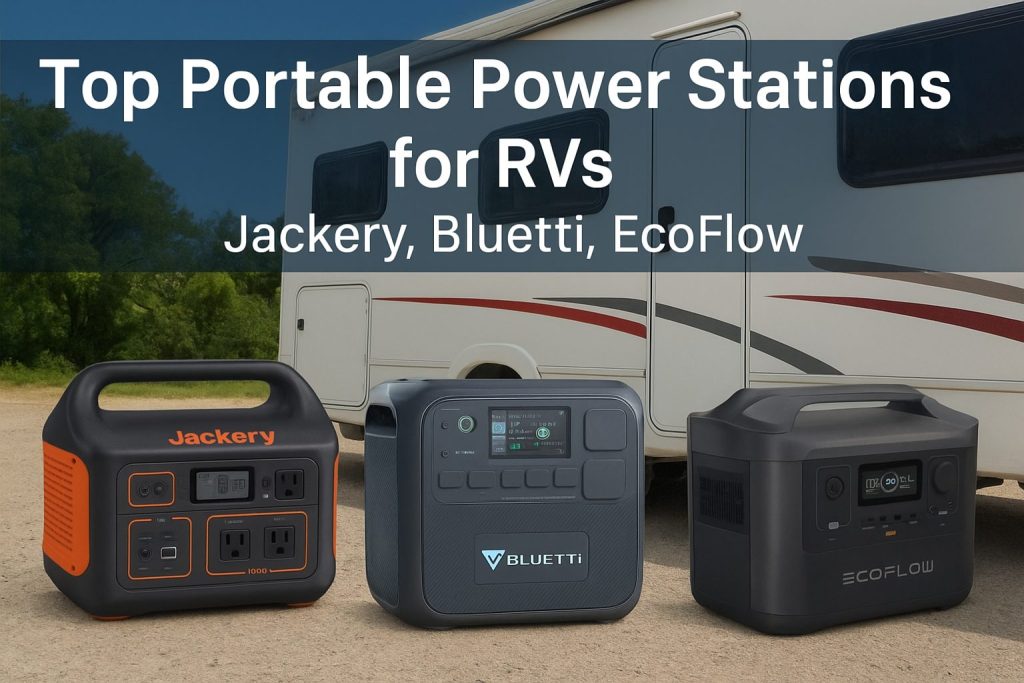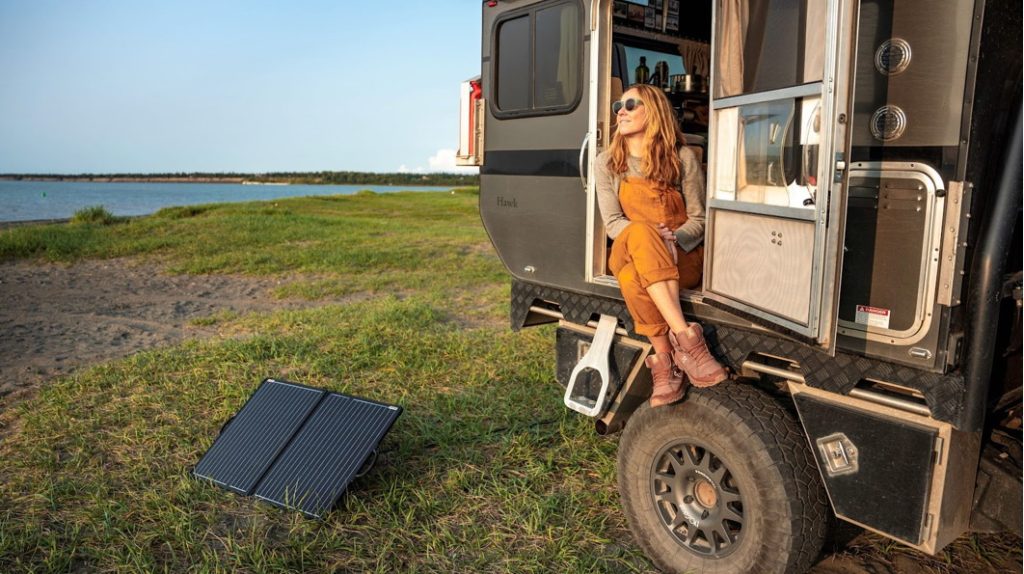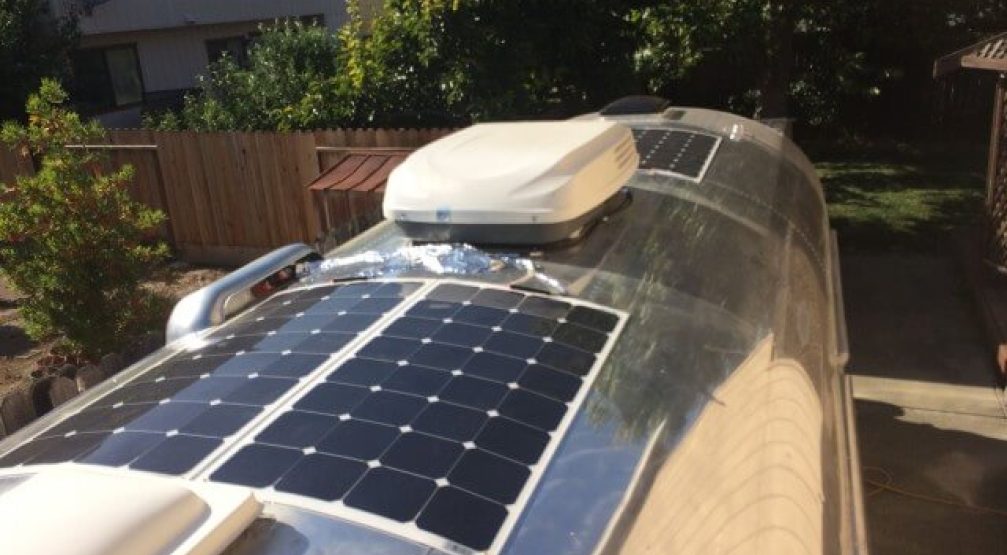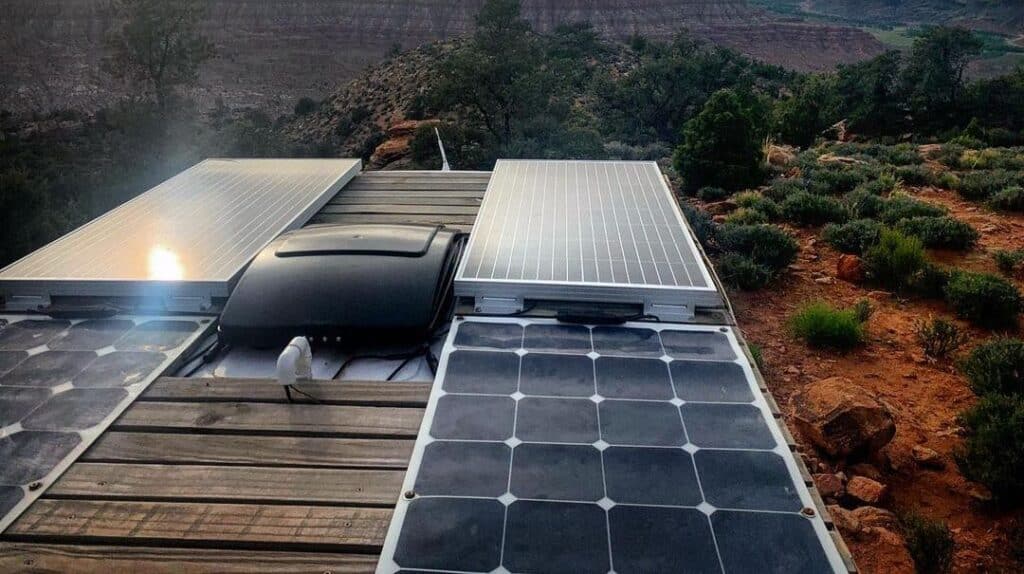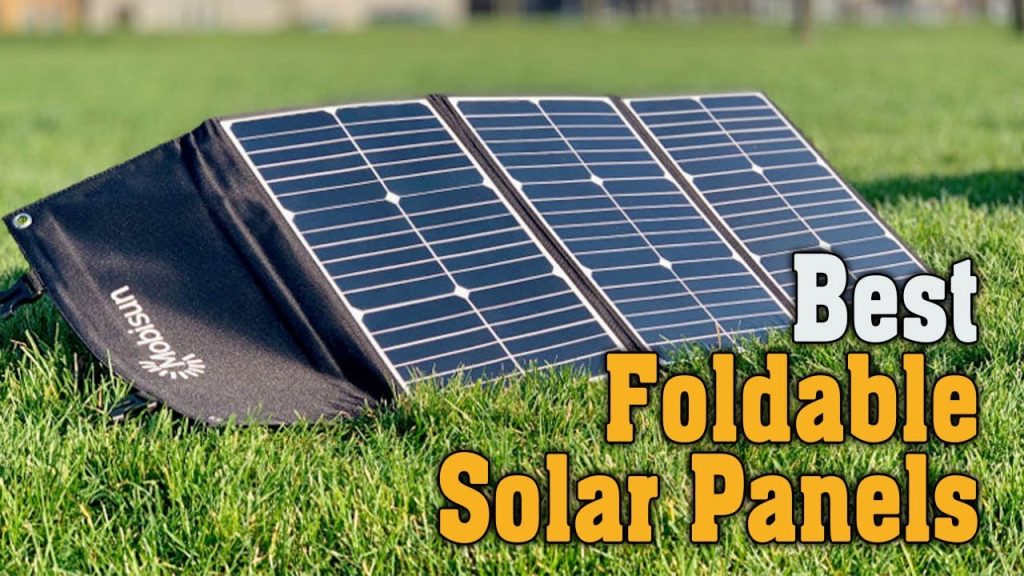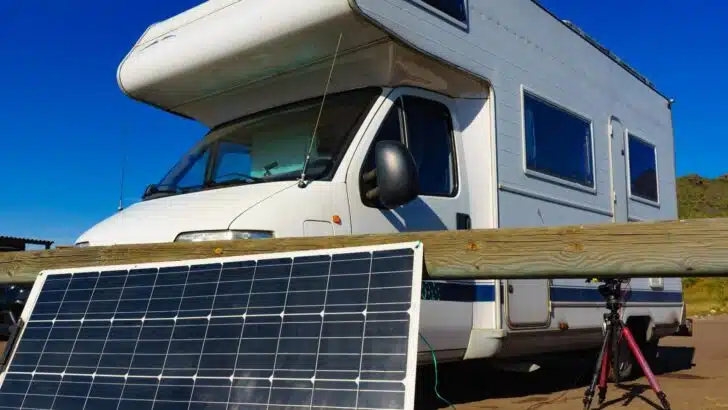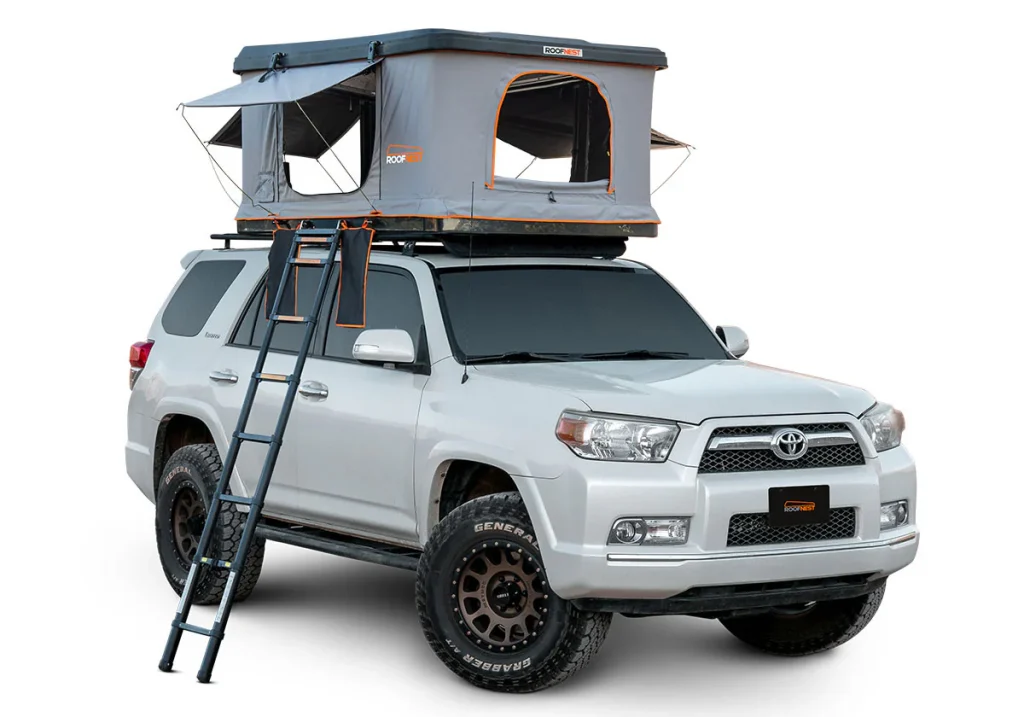When it comes to overland cooking, having a reliable portable stove is essential, but choosing between propane and butane can be tricky. Both fuels have their strengths, and the best option depends on your travel style, climate, and cooking needs.
Propane stoves are known for their strong performance in cold weather and high heat output, making them ideal for extended adventures. On the other hand, butane stoves are lightweight, compact, and great for quick trips—but they struggle in freezing temperatures.
In this guide, we’ll compare portable propane stoves vs butane stoves for overlanding, covering fuel availability, performance, portability, cost, safety, and environmental impact. By the end, you’ll know exactly which stove suits your next off-grid cooking adventure!
Fuel Availability & Convenience
When you’re miles from civilization, fuel access can make or break your overlanding experience. Here’s how propane and butane compare in terms of availability and convenience:
Propane Stoves: The Reliable Workhorse
✅ Widely Available – Sold at most camping stores, gas stations, and hardware shops across North America.
✅ Multiple Canister Options – Compatible with disposable 1lb green bottles or refillable 5lb/20lb tanks.
✅ Better for Remote Trips – Easier to find in rural areas compared to butane.
⚠ Bulkier Setup – Larger tanks take up more space but last longer.
Butane Stoves: Compact but Limited
✅ Ultra-Portable – Small, lightweight canisters fit easily in your gear.
✅ Popular Overseas – Often preferred in Asia and Europe (common for backpacking).
❌ Harder to Find in Remote Areas – Disposable canisters may not be available at all gas stations.
❌ Not Ideal for Long Trips – Limited fuel capacity means carrying multiple canisters.
Pro Tip:
-
For U.S./Canada overlanding, Propane is the safer bet.
-
For international travel: Check local fuel availability—butane may be more common.
Performance in Different Conditions: Propane vs Butane Stoves
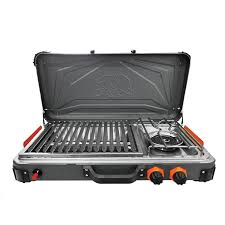
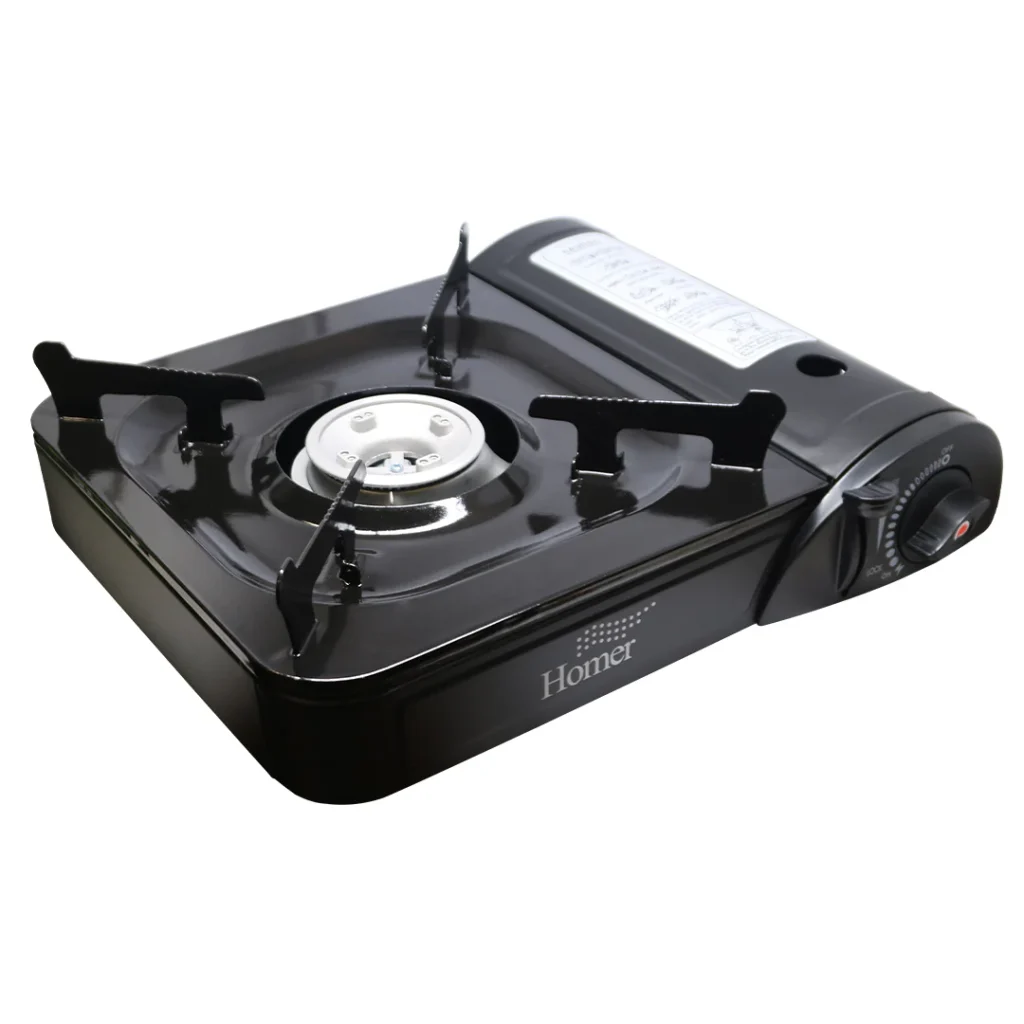
When choosing between propane and butane for overland cooking, performance in various conditions is crucial. Here’s how they compare:
Cold Weather Performance ❄️
Propane: The Cold-Weather Champion
✅ Works Below Freezing – Effective down to -40°F (-40°C)
✅ Consistent Pressure – Vaporizes efficiently in low temps
✅ Best for Winter Camping & High Altitude
Butane: Limited in the Cold
❌ Struggles Below 32°F (0°C) – Fuel won’t vaporize properly
❌ Weak Flame in Winter – May fail completely in freezing temps
⚠ Workaround: Keep canisters warm (inside jacket/sleeping bag)
Heat Output & Cooking Efficiency 🔥
Propane: High Power for Fast Cooking
✅ Higher BTU Output (Up to 30,000 BTU on some models)
✅ Better for Boiling & High-Heat Cooking
✅ Stable Flame in Windy Conditions
Butane: Clean Burn, Lower Power
✅ Smoother Flame Control – Great for simmering
❌ Lower BTU (Typically 7,000-12,000 BTU)
⚠ May Struggle with Large Pots – Takes longer to boil water
Real-World Recommendation:
-
Winter/High-Altitude Trips? → Propane (no question)
-
Summer/Moderate Climate? → Butane works if you prioritize portability
Portability & Weight
When every inch of space matters in your overland rig, the size and weight of your stove system can significantly impact your setup. Here’s how these fuels compare in terms of portability:
Propane Stoves: The Heavy-Duty Option
Weight Considerations
-
Typical 1lb propane cylinder: ~1.8 lbs (empty) to ~3.5 lbs (full)
-
5lb refillable tank: ~10 lbs (empty) to ~15 lbs (full)
-
20lb tank (common for RVs): ~25 lbs (empty)
Space Requirements
-
1lb cylinders: ~8″ tall x 4″ diameter
-
Larger tanks require dedicated mounting solutions
-
Stoves themselves tend to be bulkier/heavier duty
Best For:
✔ Extended overland expeditions
✔ Groups/caravans needing high fuel capacity
✔ Base camp setups where weight isn’t critical
Butane Stoves: The Ultralight Choice
Weight Advantages
-
Single butane canister: ~0.5 lbs (8oz net weight)
-
Complete stove systems often <2 lbs
-
Canisters store flat in tight spaces
Compact Design
-
Canister dimensions: ~4.5″ tall x 3″ diameter
-
Many models fit inside a backpack side pocket
-
Integrated canister stoves collapse to minimal size
Best For:
✔ Solo travelers or minimalist overlanders
✔ Quick stops and roadside meal prep
✔ Dual-purpose backpacking/overland setups
Hybrid Solutions
-
Some modern stoves accept both fuels
-
Adapters available for propane-to-butane conversion
-
Consider if you need flexibility between trip types
Pro Tip: Measure your available storage space before choosing. A 20lb propane tank needs secure mounting, while butane canisters tuck anywhere.
Cost & Long-Term Use
When budgeting for overland cooking, fuel costs add up over time. Here’s how propane and butane compare in terms of affordability and long-term value.
Propane: Cost-Effective for Frequent Use
Initial Costs
✔ Stove Price: $50–$200 (standalone burners)
✔ Fuel Tank Costs:
-
Disposable 1lb canisters: ~$5–$8 each
-
Refillable 5lb/20lb tanks: $50–$150 (one-time purchase)
Long-Term Savings
✅ Refillable Tanks Save Money
-
Propane refills cost ~$3–$5 per gallon (vs. $5–$8 per disposable 1lb canister)
-
A 20lb tank (~4.7 gallons) costs **~$15–$25 to refill** and lasts much longer.
✅ Better for Extended Trips – No need to carry multiple disposable canisters.
Best For:
-
Full-time overlanders
-
Large groups or families
-
Cold-weather camping (where fuel efficiency matters)
Butane: Cheap Upfront, Expensive Over Time
Initial Costs
✔ Stove Price: $30–$100 (often more compact)
✔ Fuel Canister Costs: ~$5–$8 per 8oz canister
Long-Term Expenses
❌ Disposable Canisters Add Up
-
Each canister lasts ~1–2 hours at high heat.
-
A weekend trip may require 2–3 canisters ($10–$24).
-
Frequent travelers spend $40–$100+ per season on fuel.
❌ No Refill Option – Must buy new canisters each time.
Best For:
-
Occasional campers
-
Ultralight travelers prioritizing space over cost
-
Short trips where fuel efficiency isn’t critical
Cost Comparison Table
| Fuel Type | Initial Cost | Long-Term Cost | Best Use Case |
|---|---|---|---|
| Propane | Moderate (tank investment) | $$ (cheaper per BTU) | Frequent/long trips |
| Butane | Low (cheap stove) | $$$ (disposable adds up) | Short/light trips |
Which Is Right for You?
-
Choose Propane If:
-
You camp often
-
You want refillable tanks
-
You need cold-weather performance
-
-
Choose Butane If:
-
You prioritize portability
-
You only take short trips
-
You don’t camp in freezing temps
-
Pro Tip: If you already have a propane stove, consider a dual-fuel adapter to use butane canisters when space is tight.
Safety Considerations
When cooking off-grid, safety should always be a top priority. Here’s how propane and butane stoves compare in terms of safe operation, storage, and potential hazards.
Propane Stove Safety
✅ Advantages
✔ Stable in Extreme Conditions – Works reliably in cold, wind, and high altitude
✔ Robust Canisters/Tanks – Less prone to leaks when properly maintained
✔ Pressure Relief Valves – Standard on refillable tanks to prevent over-pressurization
⚠️ Risks & Precautions
-
Ventilation Required – Can accumulate in enclosed spaces (CO risk)
-
Heavier Tanks – Secure properly to avoid rolling/falling in vehicles
-
Check for Leaks – Use soapy water test on connections before each trip
Best Practices:
-
Always use outdoors or in well-ventilated areas
-
Store tanks upright and away from heat sources
-
Turn off at the tank (not just the stove) when not in use
Butane Stove Safety
✅ Advantages
✔ Compact & Lightweight – Easy to store securely
✔ Lower Pressure – Generally safer if a leak occurs (compared to high-pressure propane)
⚠️ Risks & Precautions
-
Cold Weather Weakness – Canisters may fail below freezing (potential fuel leakage)
-
Thin Canister Walls – More prone to punctures/damage than propane tanks
-
No Refill Option – Disposable design increases waste and potential for improper disposal
Best Practices:
-
Never use damaged or rusty canisters
-
Keep canisters at room temperature before use
-
Store away from direct sunlight and heat sources
Shared Safety Tips for Both Fuels
🔥 Fire Prevention
-
Keep a fire extinguisher/baking soda nearby
-
Never leave a lit stove unattended
💨 Carbon Monoxide Awareness
-
Always cook in ventilated areas
-
Consider a portable CO detector for enclosed spaces
🚗 Travel Safety
-
Secure fuel containers to prevent rolling/leaking
-
Transport in well-ventilated areas (not inside passenger cabin)
Which Is Safer?
| Factor | Propane | Butane |
|---|---|---|
| Cold Weather | ✅ Stable | ❌ Risky |
| Leak Risk | Moderate | Moderate |
| Ventilation | Critical | Critical |
| Storage | Heavy but sturdy | Light but fragile |
Final Verdict:
-
Propane is safer for extreme conditions but requires proper handling.
-
Butane is fine for fair weather but demands careful storage.
Environmental Impact
When choosing a fuel for overland cooking, environmental responsibility matters. Here’s how propane and butane compare in terms of sustainability and eco-friendliness.
Propane: The More Sustainable Choice ♻️
✅ Eco-Friendly Advantages
✔ Refillable Tanks – Dramatically reduces single-use waste
✔ Longer-Lasting – Fewer fuel containers end up in landfills
✔ Cleaner Combustion – Produces fewer greenhouse gases than butane
♻️ Recycling & Disposal
-
Refillable Tanks: Can be reused for years with proper maintenance
-
Disposable 1lb Canisters: Some brands (like Flame King) offer refill adapters
-
Recycling Options: Many propane tanks are accepted at scrap metal recyclers
🌍 Best For:
-
Overlanders who prioritize sustainability
-
Long-term travelers minimizing waste
-
Campers who can refill at propane stations
Butane: Convenient but Wasteful 🗑️
❌ Environmental Drawbacks
✖ Single-Use Canisters – Most end up in landfills (millions annually)
✖ Non-Recyclable in Many Areas – Mixed materials make recycling difficult
✖ Higher Carbon Footprint – More frequent manufacturing/shipping of canisters
♻️ Recycling Challenges
-
Most curbside recycling programs don’t accept butane canisters
-
Specialty outdoor stores (like REI) sometimes collect them
-
Piercing/crushing required before disposal (hazardous if residual fuel remains)
🌱 Mitigation Tips:
-
Choose brands with eco-conscious recycling programs
-
Use canisters until completely empty
-
Opt for larger canisters to reduce waste volume
Head-to-Head Comparison
| Factor | Propane | Butane |
|---|---|---|
| Waste Production | Low (refillable) | High (disposable) |
| Recyclability | Good (metal tanks) | Poor (mixed materials) |
| Carbon Footprint | Lower | Higher |
| Long-Term Impact | More sustainable | Less eco-friendly |
How to Reduce Your Impact
-
Propane Users:
-
Invest in a refillable 5lb/11lb tank instead of 1lb disposables
-
Use a refill adapter for 1lb cylinders (Flame King, GasOne)
-
-
Butane Users:
-
Look for recyclable canister programs (e.g., Jetboil CrunchIt)
-
Switch to propane when possible for base camping
-
-
All Campers:
-
Pack out empty fuel containers if recycling isn’t available
-
Support brands with take-back programs
-
Which Stove is Best for Your Overland Adventures?
After comparing propane vs butane stoves across fuel availability, performance, portability, cost, safety, and environmental impact, here’s our ultimate recommendation:
Choose a PROPANE Stove If You Need:
✅ Cold-weather reliability (works below freezing)
✅ High heat output (stronger flame for fast cooking)
✅ Long-term cost savings (refillable tanks)
✅ Extended overland trips (better fuel efficiency)
✅ Eco-friendly camping (less waste than disposable canisters)
Best For:
-
Winter camping & high-altitude adventures
-
Large groups or family trips
-
Full-time overlanders who cook frequently
Choose a BUTANE Stove If You Prefer:
✅ Ultra-compact & lightweight setup
✅ Quick, simple meals in mild weather
✅ Minimalist travel (backpacking/overland hybrid)
✅ Lower upfront cost (cheaper initial investment)
Best For:
-
Summer weekend trips
-
Solo travelers or couples
-
International travel (where butane is widely available)
Hybrid Solution: The Best of Both Worlds
If you can’t decide, consider:
-
Dual-fuel stoves (accept both propane and butane)
-
Propane adapters for butane stoves (for flexibility)
Final Thought: It’s About Your Needs
There’s no “perfect” fuel—just the right fuel for your style of adventure. Whether you prioritize power, portability, or planet-friendliness, pick the option that matches your:
🔹 Travel frequency
🔹 Typical weather conditions
🔹 Storage space
🔹 Environmental values
Still unsure? Ask us below—we’ll help you choose!
Read More: Renogy vs Zamp Solar: Best Solar Panels for Off-Grid RV Living

